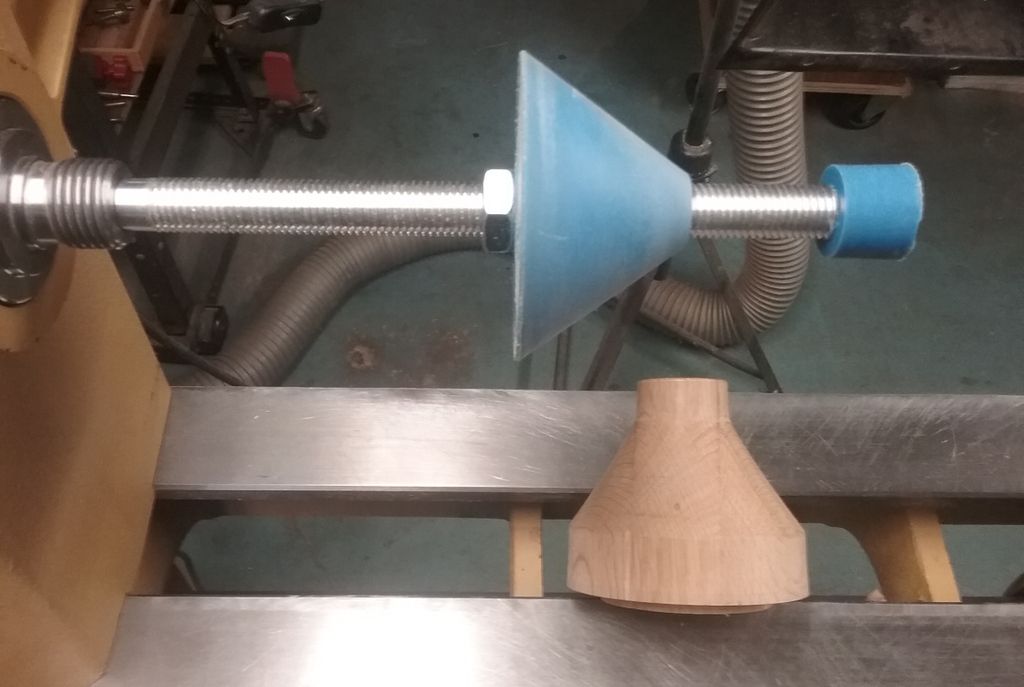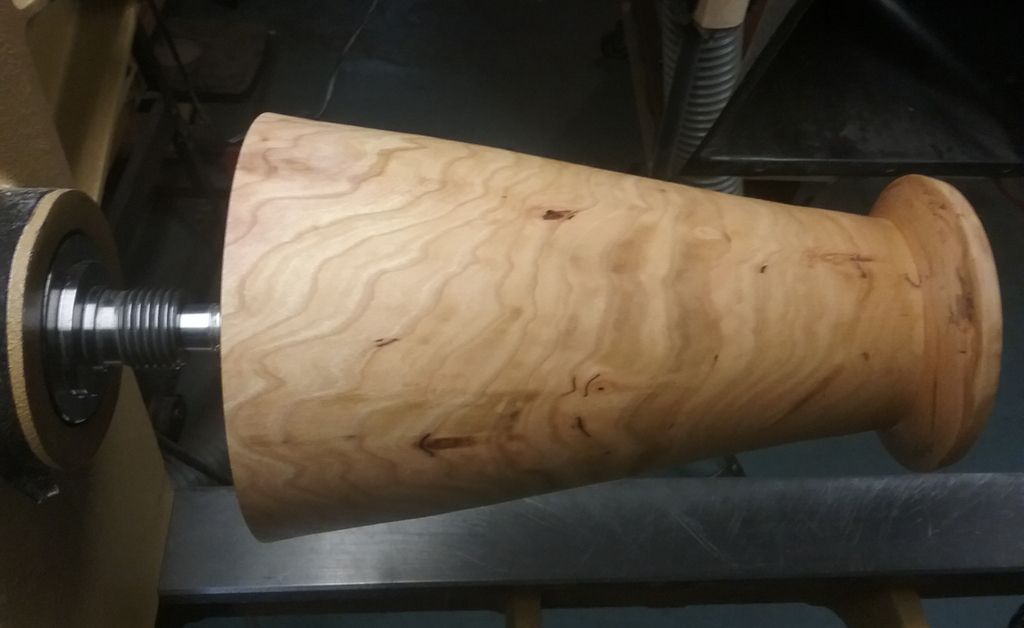A vacuum chuck is similar to tightening the lug nuts on your car finger tight and then driving on the expressway waiting to see how long your tire will stay on before coming off on a curve with cars in front of you, behind you, and along side of you.

It really comes down to knowing the limitations of the amount of pressure you can put a piece mounted in the vacuum chuck, each piece is a different size and the amount of vacuum differs by the wood and its porosity, so there are unknown variables each time. How tall the piece is versus the diameter also increases the chance of the piece working its way out of balance quickly. Each wood turner usually learns over time the limitations of the equipment they are using and how far they can push the limits before they incur the wrath of the turning gods.
I would guess that most failures with a vacuum chuck are operator error, get in a hurry and apply too much tool pressure on the piece and you exceed the holding capacity of the vacuum. The failure happens quickly and most turners are reliving their lives during the moment of trying to shut the lathe off, trying to catch the piece, and trying to run for cover, and crapping their shorts all at the same time.
We need to start a support group for wood turners that have suffered VCF, vacuum chuck failure.









